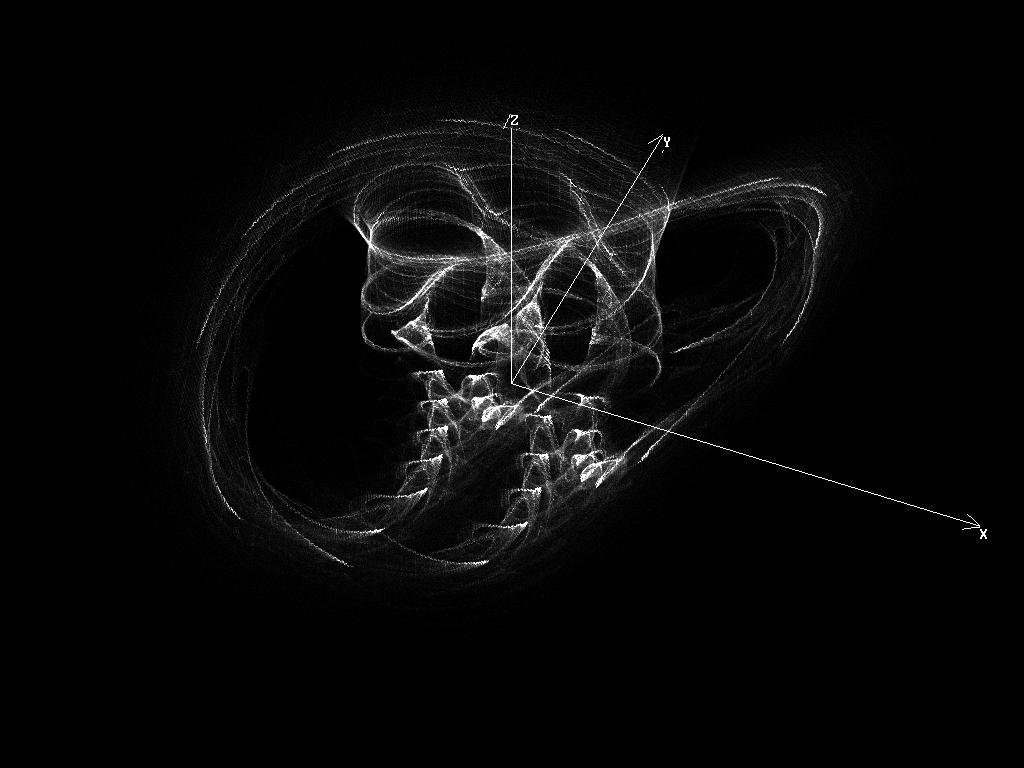io:fwrite("MVP, emacs\n").
ENG ( Link to Portuguese versiao )
I assume that you already know something about Emacs. I hope that you've already finished the Emacs´ tutorial.
Probably you know that learning any text editor has its own specific learnic curve.
For that note MVP Emacs should be treated as: minimum configuration that provides the possibility to govern all tasks in a rational way. It should give you enough support to deliver products on time and have time to achieve black belt office-jiu-jitsu in a right moment.
If you work in a normal environment where IT Admins do not hate Open Source environments you should use DuckDuckGo and ask for a proper way of dealing with Emacs. Below is a version for people working on Windows-machines with blocking access to almost everything.
After you unzip the compiled version from https://www.gnu.org/software/emacs/download.html you can work with it by running ./emacs/bin/runemacs.exe.
All configuration you can do in your ~/.emacs file: C-x C-f C-a C-k ~/.emacs.
Where:
C-x C-f: open a file
C-a C-k: delete default path
~/.emacs: file .emacs from your home directory
My MVP configuration looks like this:
;; Define the init file
(setq custom-file (expand-file-name "custom.el" user-emacs-directory))
(when (file-exists-p custom-file)
(load custom-file))
;; Define colors
(add-to-list 'load-path "~/.emacs.d/themes")
(load-theme 'solarized-dark t)
;; Keyboard-centric user interface
(setq inhibit-startup-message t)
(tool-bar-mode -1)
(menu-bar-mode -1)
(scroll-bar-mode -1)
(defalias 'yes-or-no-p 'y-or-n-p)
(require 'org)
(define-key global-map "\C-cl" 'org-store-link)
(define-key global-map "\C-ca" 'org-agenda)
(setq org-log-done t)
(setq org-agenda-files (list "~/work.org"))
(setq org-agenda-default-appointment-duration 30)
(setq org-agenda-skip-deadline-if-done t)
(setq org-agenda-skip-scheduled-if-done t)
(setq org-deadline-warning-days 90)
(setq org-agenda-start-on-weekday nil)
There are two strong assumptions that you should have in mind:
- I use and recommend for you Solarized Dark Theme\\ (https://github.com/sellout/emacs-color-theme-solarized )
- All my TODO would be in file ~/work
Installing Solarized Theme should be as easy as M-x install-package solarized-theme.
But for the evil-corpo reason there is also work-around:
- In the directory ./emacs/share/emacs/27.2/etc/themes put solarized-dark-theme.el and solarized-light-theme.el from https://github.com/bbatsov/solarized-emacs
- In the directory ~/.emacs.d/themes put solarized.el solarized-faces.el and solarized-palettes.el from https://github.com/bbatsov/solarized-emacs
At the beginning of my TODO file I add:
'#+SEQTODO: TODO(t) NEXT(n) WAITING(w) SOMEDAY(s) | DONE(d) CANCELLED(C)
'#+TAGS: Jan (j) Adam(a) Risk(r) Project(p)
First line define C-c C-t state of the task.
Second line helps to set-up the most popular context (a person or the area).
Next part should be soon..
PT
Presumo que você já saiba algo sobre Emacs. Espero que você já tenha terminado o tutorial do Emacs.
Provavelmente você sabe que aprender qualquer editor de texto tem sua própria curva aprendida específica.
Para essa nota, o MVP EMACS deve ser tratado como: configuração mínima que fornece a possibilidade de governar todas as tarefas de maneira racional. Deve oferecer suporte suficiente para fornecer produtos dentro do prazo e ter tempo para alcançar o Black Belt Escritorio-Jiu-Jitsu no momento certo.
Se você trabalha em um ambiente normal, onde os administradores não odeiam ambientes de código aberto, você deve usar o DuckDuckgo e pedir uma maneira adequada de lidar com o Emacs. Abaixo está uma versão para pessoas que trabalham em machines de janelas com acesso a quase tudo.
Depois de descompactar a versão compilada em https://www.gnu.org/software/emacs/download.html, você pode trabalhar com ele executando ./emacs/bin/runemacs.exe.
Toda a configuração que você pode fazer no seu arquivo ~/.emacs: C-X C-F C-A C-K ~/.emacs.
Onde:
C-X C-F: Abra um arquivo
C-A C-K: Exclua caminho padrão
~/.emacs: arquivo .emacs do seu diretório doméstico
Minha configuração de MVP se parece com a seguinte:
;; Define the init file
(setq custom-file (expand-file-name "custom.el" user-emacs-directory))
(when (file-exists-p custom-file)
(load custom-file))
;; Define colors
(add-to-list 'load-path "~/.emacs.d/themes")
(load-theme 'solarized-dark t)
;; Keyboard-centric user interface
(setq inhibit-startup-message t)
(tool-bar-mode -1)
(menu-bar-mode -1)
(scroll-bar-mode -1)
(defalias 'yes-or-no-p 'y-or-n-p)
(require 'org)
(define-key global-map "\C-cl" 'org-store-link)
(define-key global-map "\C-ca" 'org-agenda)
(setq org-log-done t)
(setq org-agenda-files (list "~/work.org"))
(setq org-agenda-default-appointment-duration 30)
(setq org-agenda-skip-deadline-if-done t)
(setq org-agenda-skip-scheduled-if-done t)
(setq org-deadline-warning-days 90)
(setq org-agenda-start-on-weekday nil)
Existem duas suposições fortes que você deve ter em mente:
- Eu uso e recomendo para você Solarized Dark Theme (https://github.com/sellout/emacs-Clor-theme-solarized)
- Todo o meu TODO estaria no arquivo ~/trabalho
A instalação do tema solarizado deve ser tão fácil quanto o M-X Install-Package Solarized Theme.
Mas, para a razão do mal-corpono, também há trabalho:
- No diretório ./emacs/share/emacs/27.2/etc/themes coloque solarizado-gark-theme.el e solarizado-light-theme.el de https://github.com/batsov/solarized-emacs
- No diretório ~/.emacs.d/temas colocados solarizados.el solarizado-faces.el e solarizado-palettes.el de https://github.com/batsov/solarized-emacs
No início do meu arquivo TODO, acrescento:
'#+SEQTODO: TODO (T) Próximo (n) Esperando (W) Algum dia (S) | Feito (d) cancelado (c)
'#+Tags: Jan (j) Adam (a) Projeto Risco (R) (P)
A primeira linha define o estado C-C C-T da tarefa.
A segunda linha ajuda a configurar o contexto mais popular (uma pessoa ou a área).
A próxima parte deve ser em breve ..
